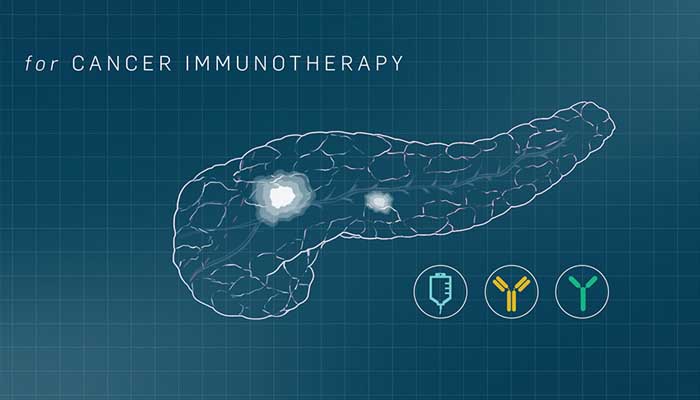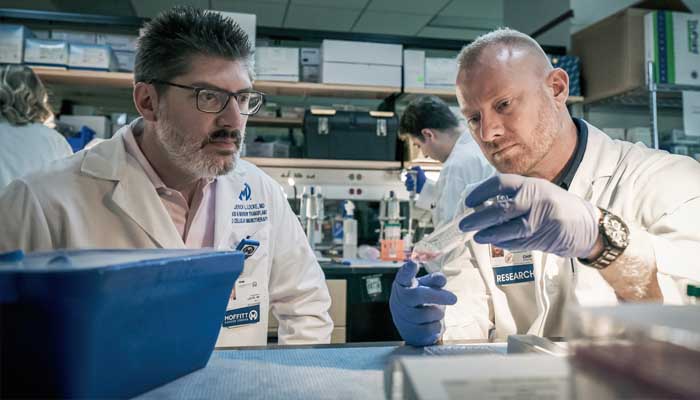Immunotherapy and chemotherapy represent two distinct approaches to treating cancer, each with its unique mechanisms and benefits. By combining these therapies, the goal is to enhance treatment effectiveness and achieve better outcomes than with either approach alone. This article explores the synergy between immunotherapy and chemotherapy, providing a detailed overview of their combined use in cancer treatment.

What is Immunotherapy?
Immunotherapy is a modern treatment that harnesses the body’s immune system to fight cancer. This approach targets specific molecules or cells involved in the immune response, aiming to boost the body’s natural ability to combat cancer. One of the most promising types of immunotherapy involves blocking immune checkpoints, such as PD-1 and PD-L1, which cancer cells use to evade the immune system. By inhibiting these checkpoints, immunotherapy helps restore the immune system’s ability to identify and destroy cancer cells.

What is Chemotherapy?
Chemotherapy is a well-established treatment that uses drugs to kill cancer cells. These drugs target cells that are rapidly dividing, which is a characteristic of cancer cells. However, chemotherapy also affects healthy cells with high turnover rates, such as those in the digestive tract and skin. Conventional chemotherapy drugs can be cytotoxic (causing cell death) or cytostatic (stopping cell proliferation). Despite its effectiveness, chemotherapy alone may not always overcome cancer resistance, prompting the need for combination therapies.

Combining Immunotherapy and Chemotherapy
The combination of immunotherapy and chemotherapy aims to leverage the strengths of both treatments. Chemotherapy attacks cancer cells directly by disrupting their proliferation, while immunotherapy enhances the immune system’s ability to target and destroy cancer cells. This dual approach can lead to improved outcomes, including increased tumor shrinkage and better overall survival rates.

Polychemotherapy: A Strategic Approach
Polychemotherapy involves using multiple chemotherapy drugs simultaneously, each targeting different mechanisms of cancer. This approach can provide an additive or synergistic effect, enhancing treatment efficacy while potentially reducing toxicity. When combined with targeted therapies or immunotherapy, polychemotherapy can address various aspects of cancer, including specific tumor mutations and immune system evasion.

Current Developments and Future Directions
The field of cancer treatment is rapidly evolving, with ongoing research into new combinations of therapies. Innovative treatments, such as antitumor vaccines and novel immune checkpoint inhibitors, are being developed to further improve the effectiveness of cancer treatments. These advancements offer hope for more personalized and effective treatment options for patients.
Conclusion
Combining immunotherapy and chemotherapy represents a promising strategy in the fight against cancer. By understanding how these treatments work together, patients and caregivers can make informed decisions about their cancer care. As research continues to advance, new and improved treatment options will become available, providing hope for better outcomes and enhanced quality of life for those affected by cancer.
